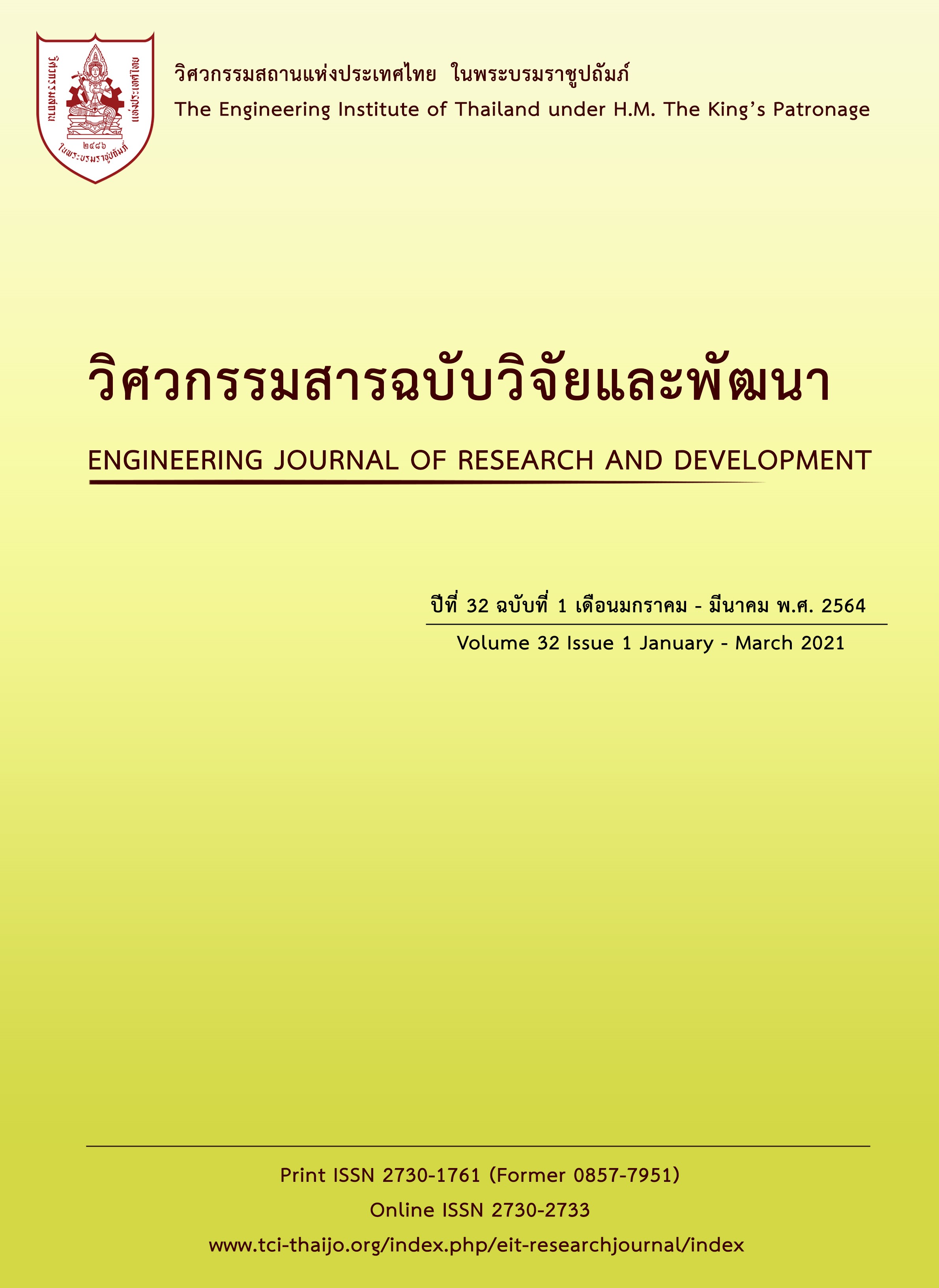THE STUDY OF FACTORS INFLUENCING THE AUTOMOTIVE DEMAND IN THAILAND CASE STUDY OF PICKUP SEGMENTS
Main Article Content
Abstract
This study examined the factors influencing the automotive demand in Thailand case study of pickup segment. Since, currently the factors that affect the demand for pickup segment in Thailand are not clear. The researcher therefore studied the factors that affect the demand for pickup segment in Thailand, the objective is to study various important factors affecting the demand of pickup trucks in Thailand. The data were taken from secondary sources and reference from the preceding literature. The factors studied are as follows: employment, loan rate, personal expenses, Consumer Confidence Index, Rubber exportation and prices of oil. The researcher applied the Multiple Linear Regression Analysis technique to find the suitable regression model with statistical software. The results revealed that 2 independent variables including employment and rubber exportation. Influencing the
automotive demand in Thailand. case study of pickup segment.
Article Details
The published articles are copyright of the Engineering Journal of Research and Development, The Engineering Institute of Thailand Under H.M. The King's Patronage (EIT).
References
of small-car and pickup-passenger vehicle (PPV) segments. Journal of Economics, 2014. Available from: https://so01.tci-
thaijo.org/index.php/CMJE/article/view/60986/50233 [Accessed 12 July 2019].
[2] Bongkochmas, J. Adjustment of Thai automotive industry under the economic crisis. M.Econ Thesis, Thammasat university, 2000, Available from:
http://newtdc.thailis.or.th/selecteditems.aspx [Accessed 22 July 2019]
[3] Sugumonjan, K. An Analysis of Demand for Passenger Cars in Thailand. M.S. Thesis, Kasetsart University,1999, Available from:
https://dric.nrct.go.th/Search/SearchDetail/91171 [Accessed 29 July 2019]
[4] Krungsri Research Forecasts. Simi-finished product. 2018., Available from: https://www.krungsri.com/bank/getmedia/59178975-3492-43d7-901c-
8f7fc119b729/IO_Rubber_2018_TH.aspx [Accessed 22 July 2019]
[5] The Excise Department. Annual Report 2018 The Excise Department, 2018. Available from: https://www.excise.go.th/cs/groups/public
/documents/document/dwnt/mzux/~edisp/uatucm351292.pdf [Accessed 20 July 2019]
[6] Chutivong, N. Principles of Economic I: Microeconomics. 8th ed. Bangkok: Chulalongkorn University Printing House, 2002.
[7] Trading. (2550). Econonic Indicators, 2019. Available from: https://www.ifxdeal.com/th/macroeconomics [Accessed 24 December 2019].
[8] Vanichbuncha, K. Principles of statistics. 13rd ed. Bangkok: Chulalongkorn University Printing House, 2011.
[9] Tirakanant, S. Nonparametic Statistics. 1st ed. Bangkok: Chulalongkorn University Printing House, 2010.
[10] M.T.Nwakuya, J.C.Nwabueze. Application of Box-Cox Transformation as a Corrective Measure to Heteroscedasticity Using an Economic Data, pp.8-12, (2018).
[11] Vanichbuncha, K. Statistics Analysis: Statistics for Management and Research. 10th ed. Bangkok: Chulalongkorn University Printing House, 2007.
[12] Viraj Pharnichwongs. Regression Analysis. 3rd ed. Bangkok: Textbook Publishing Center King Mongkut´s University of Technology North Bangkok, 2004.
[13] Montgomery, Douglas C., Peck, Elizabeth A., and Vining, G. Geoffrey. Introduction to Linear Regression Analysis. 4th ed. New York: Wiley, 2006.
[14] Leelathanapipat ,J. and Paichit, P. Cost Estimate of Repairingrefurbish Equipment using Multiple Regression Model. Engineering Journal of Research and
Development,2020, 31(2), pp.127-138


